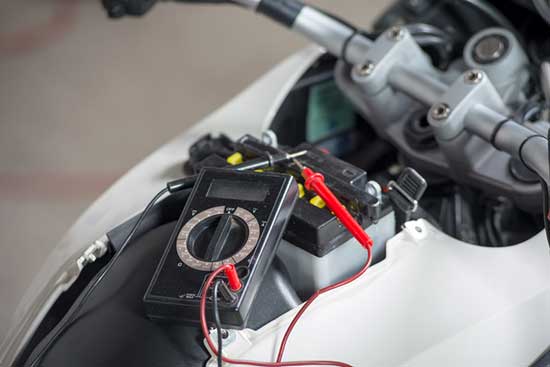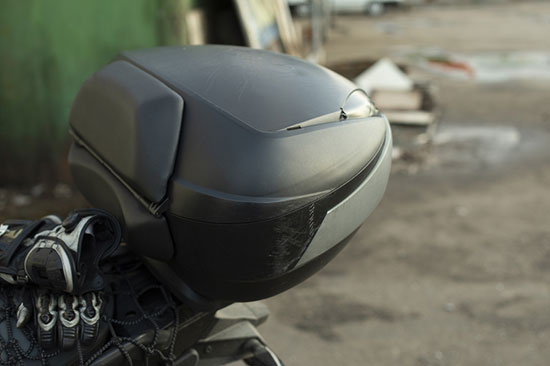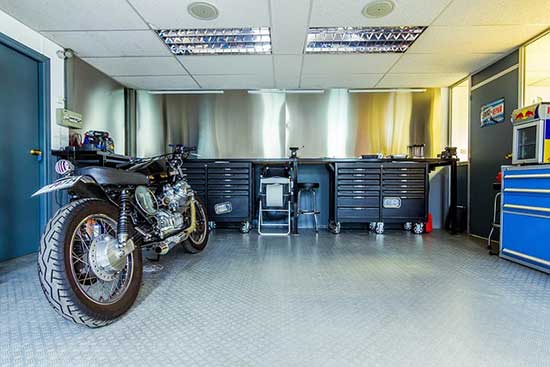We will dive into the variables that influence fuel efficiency and discuss how to optimize your motorcycle’s range.
Contents
Understanding Fuel Efficiency
Fuel efficiency, commonly expressed in miles per gallon (MPG) or kilometers per liter (km/L), is a measure of how far a vehicle can travel using a specific amount of fuel.
A higher fuel efficiency rating indicates that a motorcycle can cover greater distances using less fuel.
Factors Influencing Fuel Efficiency
- Engine size and configuration
- Motorcycle weight and aerodynamics
- Riding conditions and habits
- Tire pressure and condition
- Maintenance and tuning
Motorcycle Tank Sizes
Motorcycle tank sizes can vary greatly depending on the make, model, and type of motorcycle. Generally, tank capacities range from 2 gallons (7.6 liters) for smaller bikes to 6 gallons (22.7 liters) for larger touring motorcycles.
Variables Affecting Fuel Consumption
Several factors influence how much fuel a motorcycle consumes, including:
Riding Conditions
- Speed: Higher speeds result in increased wind resistance, which demands more power from the engine and consumes more fuel.
- Terrain: Riding uphill or on rough terrain requires more engine effort, increasing fuel consumption.
- Weather: Cold temperatures can cause engines to run less efficiently, while strong headwinds can increase aerodynamic drag.
Riding Habits
- Acceleration: Rapid acceleration consumes more fuel than gradual acceleration.
- Braking: Frequent braking can lead to increased fuel consumption due to the energy loss associated with slowing down and accelerating again.
Motorcycle Maintenance
- Engine tuning: A well-maintained engine will operate more efficiently, resulting in better fuel consumption.
- Tire pressure: Maintaining proper tire pressure reduces rolling resistance and improves fuel efficiency.
Maximizing Your Motorcycle’s Range
To extend the distance your motorcycle can travel on a tank of gas, consider the following tips:
- Maintain a consistent speed and avoid rapid acceleration or deceleration.
- Plan your route to avoid heavy traffic, hilly terrain, and rough roads.
- Keep your motorcycle well-maintained by following the manufacturer’s recommended service schedule.
- Check and adjust tire pressure regularly according to the owner’s manual.
Calculating Your Motorcycle’s Range
To estimate your motorcycle’s range, use the following formula:
makefileCopy codeRange = Tank Capacity x Fuel Efficiency
For example, if your motorcycle has a 4-gallon (15.1-liter) tank and an average fuel efficiency of 45 MPG (19.1 km/L), the estimated range would be:
makefileCopy codeRange = 4 gallons x 45 MPG = 180 miles (289.7 kilometers)
Keep in mind that this calculation provides an estimate and may not account for all variables that can influence your motorcycle’s fuel consumption.
In conclusion, the distance a motorcycle can travel on a tank of gas depends on several factors, including fuel efficiency, tank size, riding conditions, and maintenance. By understanding these variables and implementing the strategies we’ve discussed, you can optimize your motorcycle’s range and enjoy longer more fuel-efficient rides.
Frequently Asked Questions
To provide additional insights, we’ve compiled a list of frequently asked questions related to motorcycle fuel consumption and range:
Q: How can I improve my motorcycle’s fuel efficiency?
A: You can improve your motorcycle’s fuel efficiency by maintaining a consistent speed, avoiding rapid acceleration, keeping your engine well-tuned, and regularly checking tire pressure.
Q: Does the type of motorcycle affect fuel efficiency?
A: Yes, the type of motorcycle can significantly impact fuel efficiency. Smaller bikes with lower engine displacements generally achieve better fuel efficiency than larger, heavier motorcycles with more powerful engines.
Q: Can aftermarket modifications affect my motorcycle’s fuel consumption?
A: Aftermarket modifications, such as exhaust systems, air filters, and engine tuning, can potentially influence your motorcycle’s fuel consumption. Some modifications may improve fuel efficiency, while others may increase power at the expense of fuel economy.
Q: How accurate are the manufacturer’s fuel efficiency ratings?
A: Manufacturer fuel efficiency ratings are generally based on standardized testing and may not accurately reflect real-world conditions. Your actual fuel consumption may vary depending on factors such as riding habits, terrain, and weather conditions.
Q: Should I use premium gasoline for better fuel efficiency?
A: Unless your motorcycle’s manufacturer specifically recommends premium gasoline, using a higher-octane fuel is unlikely to improve fuel efficiency. Always follow the manufacturer’s recommendations for fuel type and octane rating to ensure optimal performance and fuel economy.
By understanding the factors that influence how far a motorcycle can go on a tank of gas and applying the knowledge gained in this article, you can make the most of your motorcycle’s fuel efficiency and enjoy longer more enjoyable rides.






